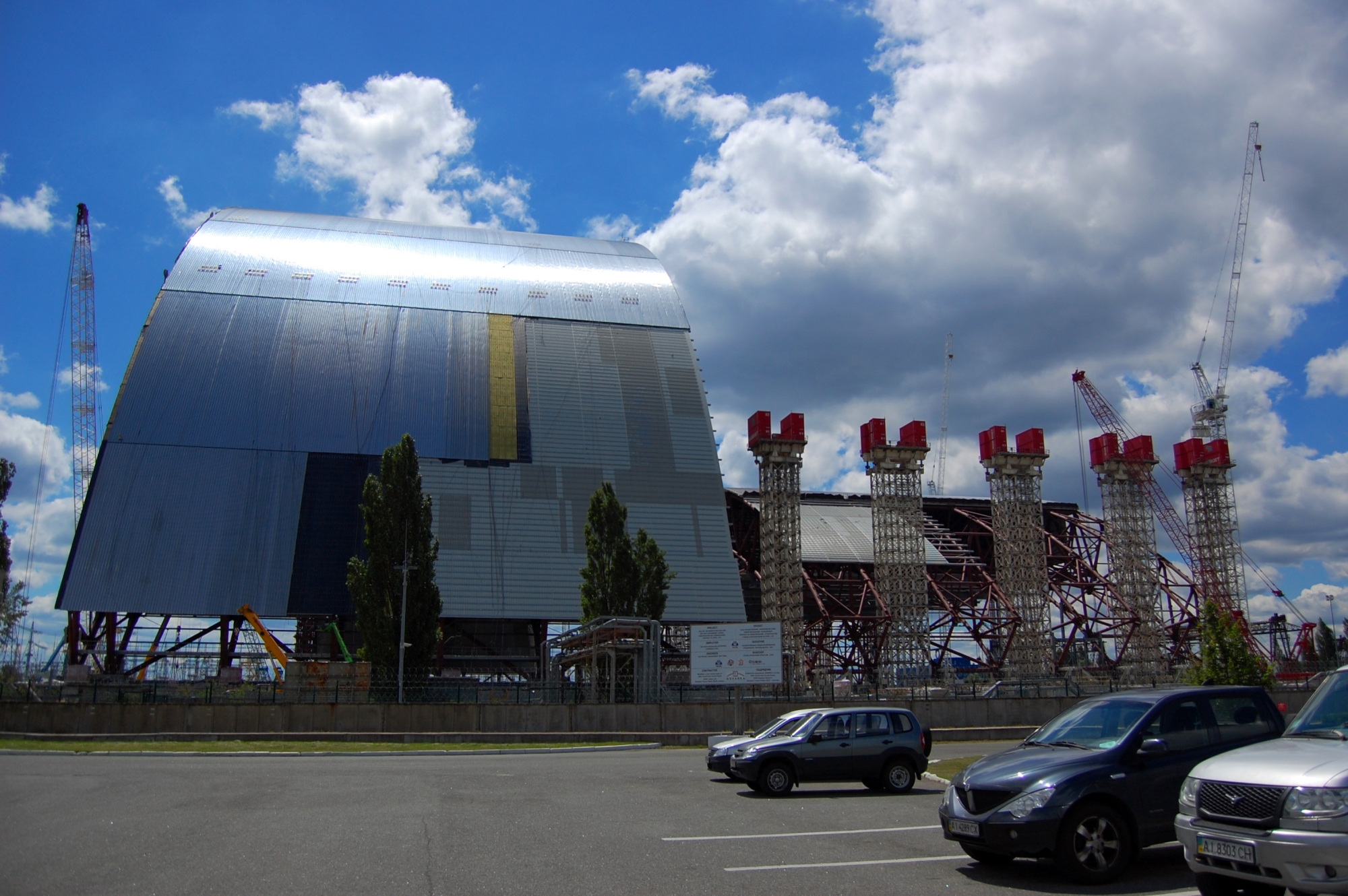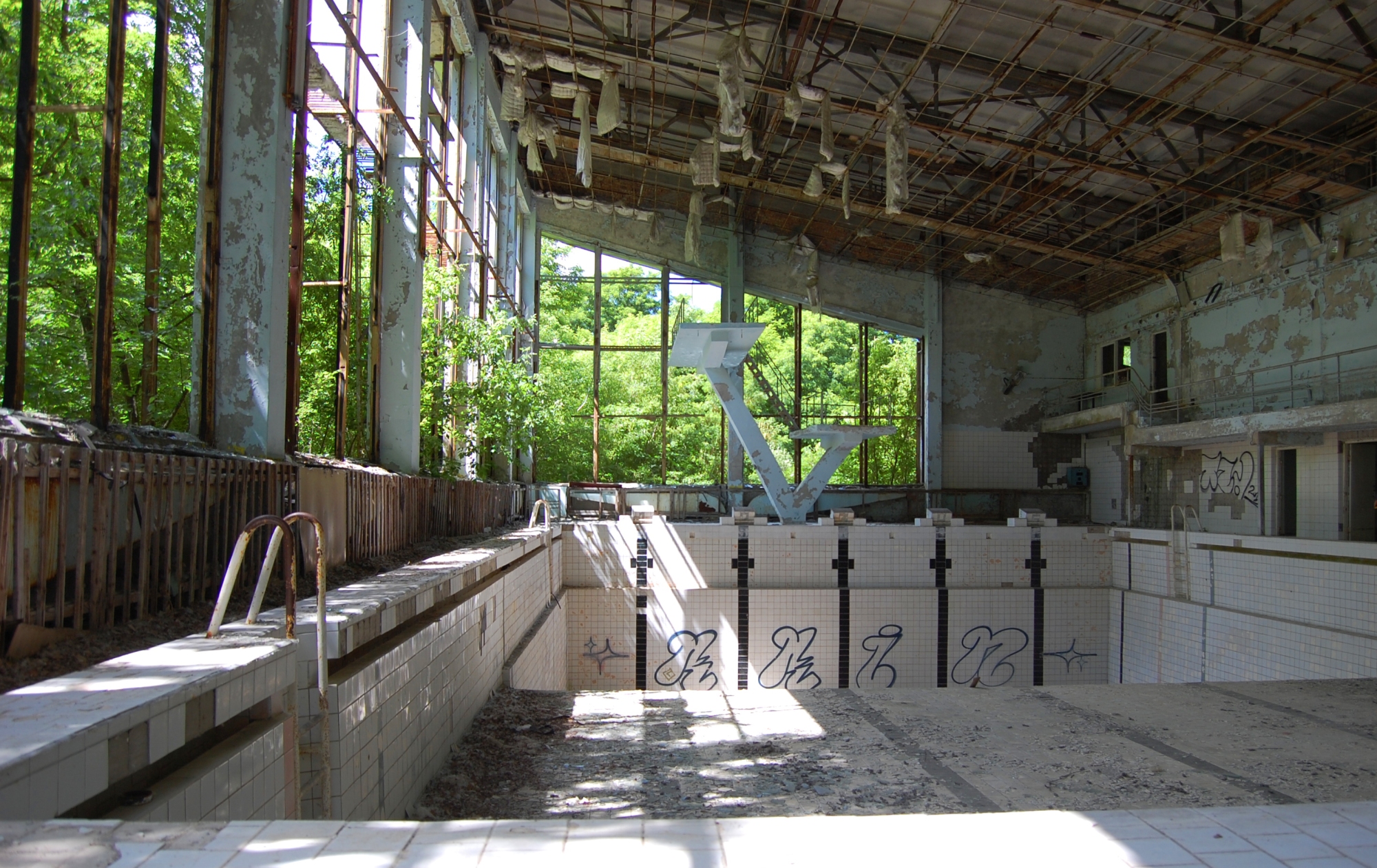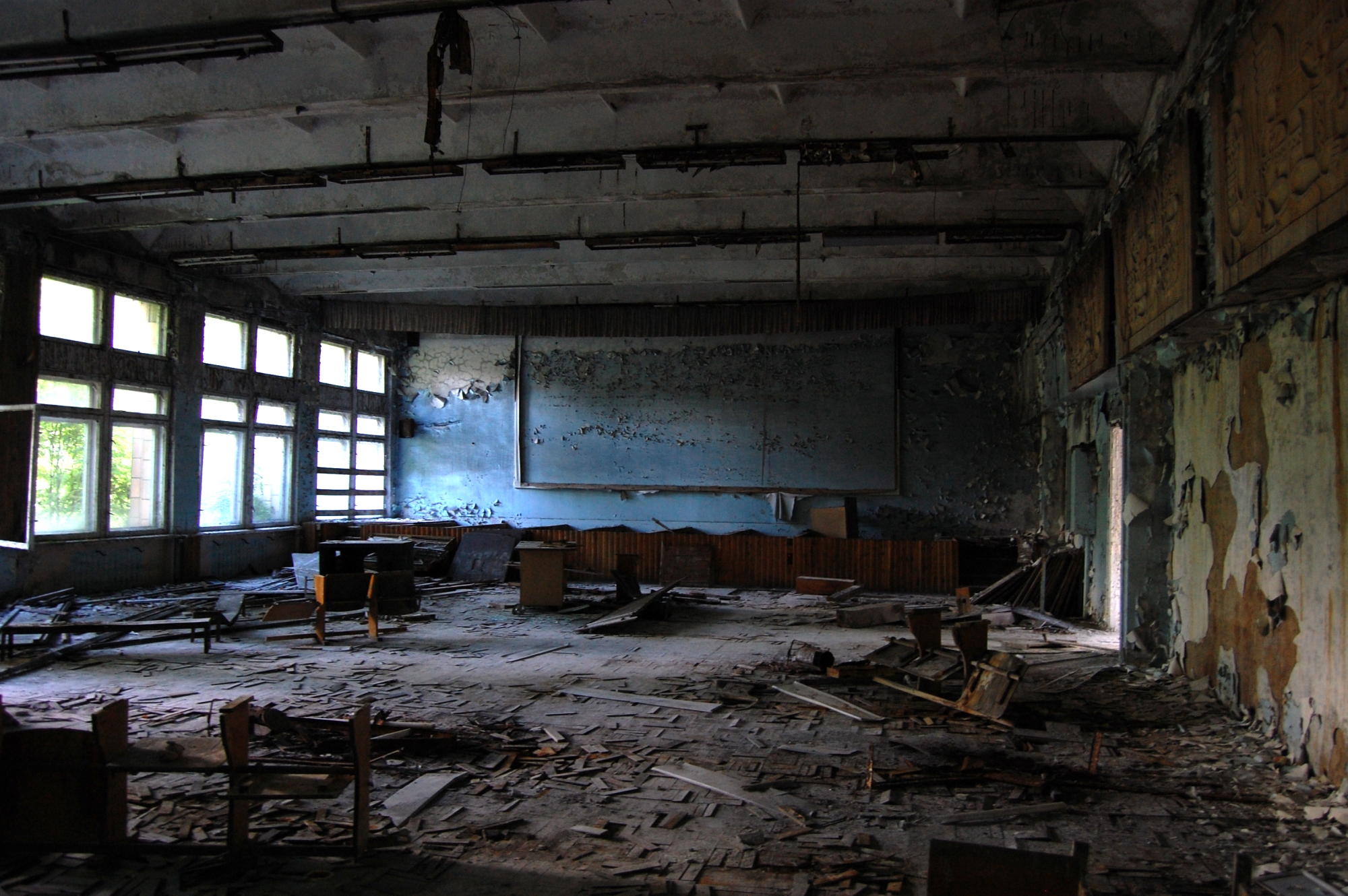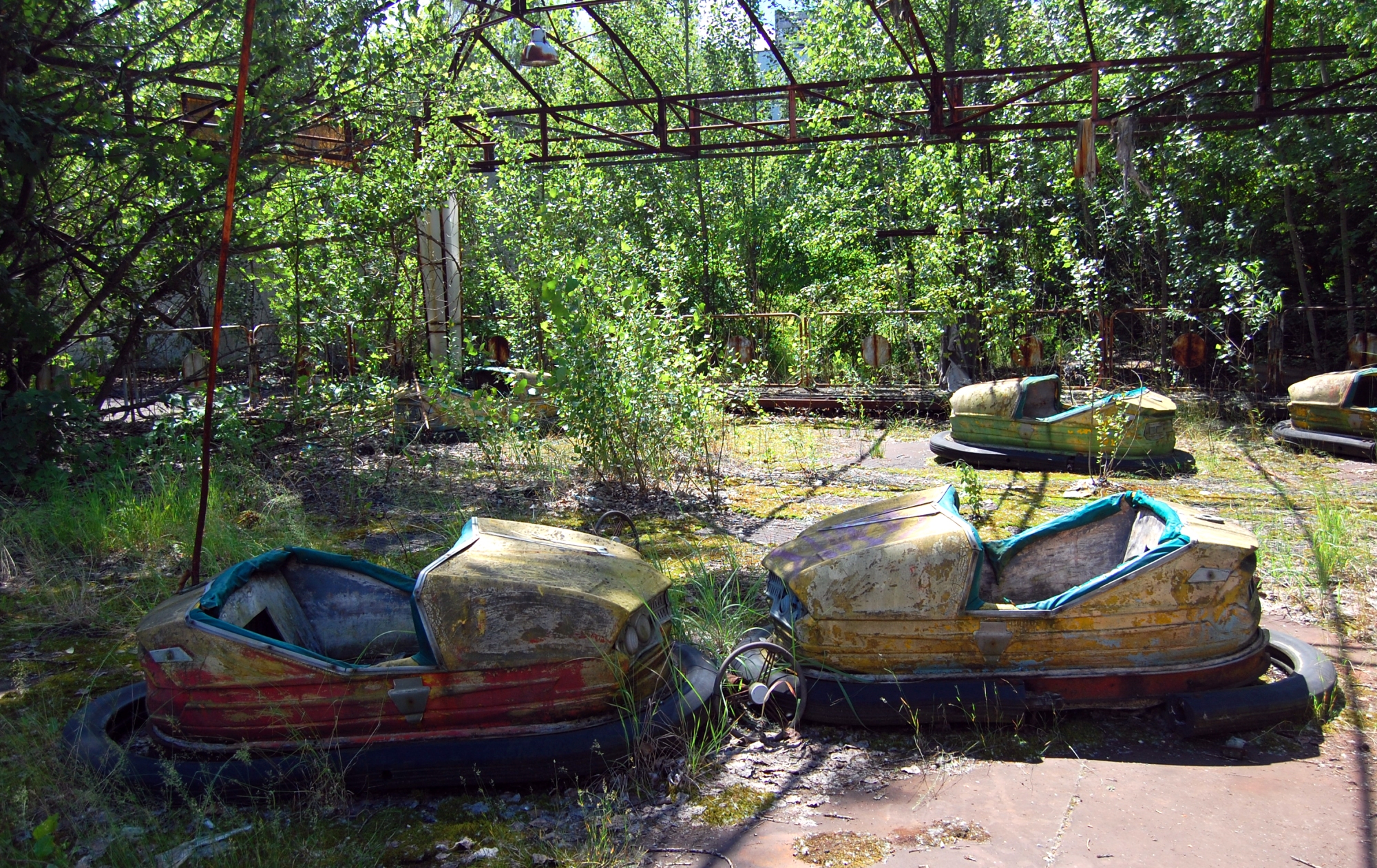What to Expect When Visiting Chernobyl
Last Updated on April 7, 2024 by Adam Watts
Being a fan of dark tourism (Auschwitz for a birthday treat, anyone?), I couldn’t resist an opportunity to visit Chernobyl, site of the worst nuclear disaster in history. If you’re interested too, read on to find out what’s in store when visiting Chernobyl.
Here are some things that are creepy: clowns hiding under bridges. A forty year old man with glasses and a camera sitting on a swing in a children’s playground. My grandma’s fondness for sucking on popsicles. But my visit to Chernobyl, Ukraine, site of the worst nuclear incident in history, was creepier. Way creepier.
It started before I even left home. I was sent a confirmation letter that had some rules about what to do and not to do. Don’t touch anything, it said. Be respectful, it said. No laughter, it said. Wait a minute, no laughter? Frankly I think that’s a bit unfair.
I mean, the Holocaust was efficient and ruthless genocide of millions of people by an evil regime; no laughing matter. The 9/11 attacks killed nearly 3,000 people and irreversibly changed the cultural and political landscape of the western world; no laughing matter. Netflix’s $1 price rise; no laughing matter.
But Chernobyl was plain old incompetence. Nobody is evil, nobody is the bad guy, it was just some dumb, tragicomic accident. If it was a cartoon, there would’ve been an equipment panel with a big red button that says “DO NOT PRESS THIS BUTTON”, then somebody slips on a banana peel and falls onto it. Cue laugh track.
It’s okay, though. We learned our lesson from it. We’ve got better health and safety and better-trained employees and there are more fail-safes so things can’t go badly wrong, which means we haven’t had a major nuclear incident for…3 years. Oh. Damn it, Japan. You of all people should know better!
So as I met up with my fellow dark tourism enthusiasts outside a hotel in Kiev, I was in a somber mood. Today would be a day of paying respects to the dead, learning about what happened on that fateful day on April 26, 1986 and what followed, and how the world was united by this terrible tragedy. And it’d be a bonus if I caught sight of a five-eyed mutant child in the woods.
Visiting Chernobyl
It was a few hours to the 30km exclusion zone, where we were told people still lived. It’s a surprisingly un-abandoned area, at least this far out. In fact, several thousand people still work at the Chernobyl Nuclear Power Plant, mostly in research but also in construction of the new sarcophagus to cover the old one that is protecting most of western Europe from total catastrophe.
To make up for their low wages, these employees also have a killer benefits package that includes a pension, childcare vouchers, and a 30% increased chance of getting cancer. A few of them waved to us as we took photos of the destroyed (but covered) reactor.
And just next to it is the new cover they’re building. I’ll be honest, it doesn’t inspire much confidence, and the whole place has a distinct lack of security.
Anyway, while that visit made me a little uneasy, it wasn’t really creepy. Creepy when visiting Chernobyl is in the actual exclusion zone at the town of Pripyat, where all the power plant workers and their families used to live. Bizarrely, while the town was pretty much abandoned in the immediate aftermath of the disaster, the swimming pool was still actively used into the mid-1990s.
I was told that it was no longer possible to go into the buildings themselves for safety reasons, but thankfully our guide was a rule-breaker and let us explore everywhere. We weren’t in any risk of radiation poisoning, as long as we didn’t pick anything up or start licking the walls. Walking around the school there was a lot of broken glass, loose wires and sharp edges, but what public schools don’t have a few rough patches?
There were about 12 of us and buildings like the school were huge so it was possible to wander off by yourself. That was creepy. 30 years earlier children had been queueing up outside these classrooms, clutching books and hurriedly finishing off their homework, whispering between friends about who had a crush on whom.
Now I was in the same corridors, stepping into classrooms with gas masks hanging at the windows, knowing that this place wasn’t just in need of a new lick of paint and some funding from the government, it was unsuitable for human habitation and will remain so forever. It’s a part of the world that we have entirely destroyed.
For other terrible tragedies, the world recovers. The 9/11 site is now almost rebuilt with a memorial to the past. Battlefields around the world are mostly now empty fields with plaques or statues marking what happened. But Pripyat is frozen in history, like a hellish, apocalyptic version of a cute Christmas snow globe.
It’s not like we can just put a big “do not cross” rope around the whole area and ignore it. Well, most of us can, but the effects of the radiation will still be felt for generations for those unlucky enough to have parents and grandparents and great-grandparents who were involved in the disaster. Good job, humanity!
For those interested, I booked my visit via Lupine Travel.
If you’re not familiar with dark tourism but are interested in it, read this introductory post.














6 Comments